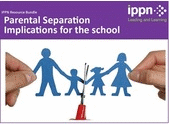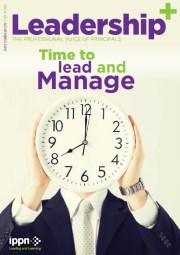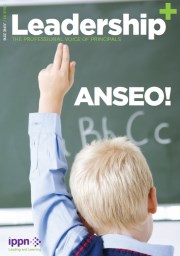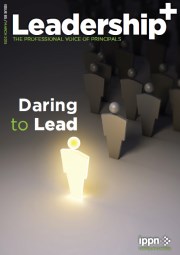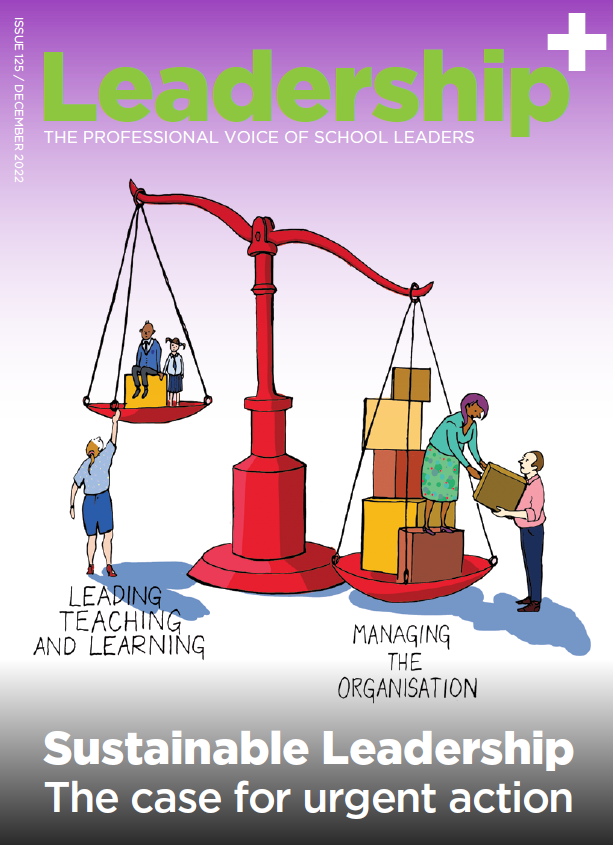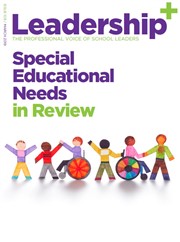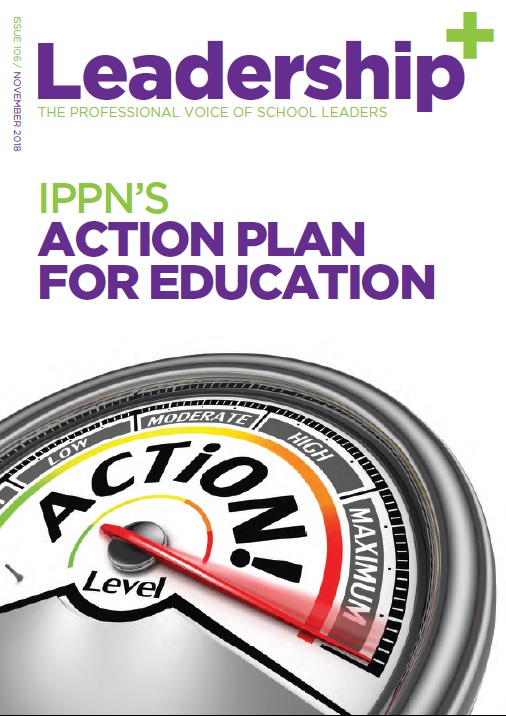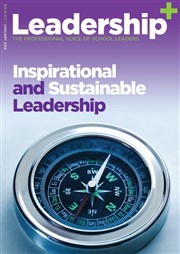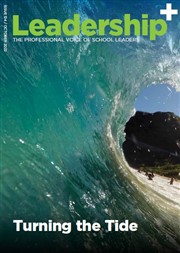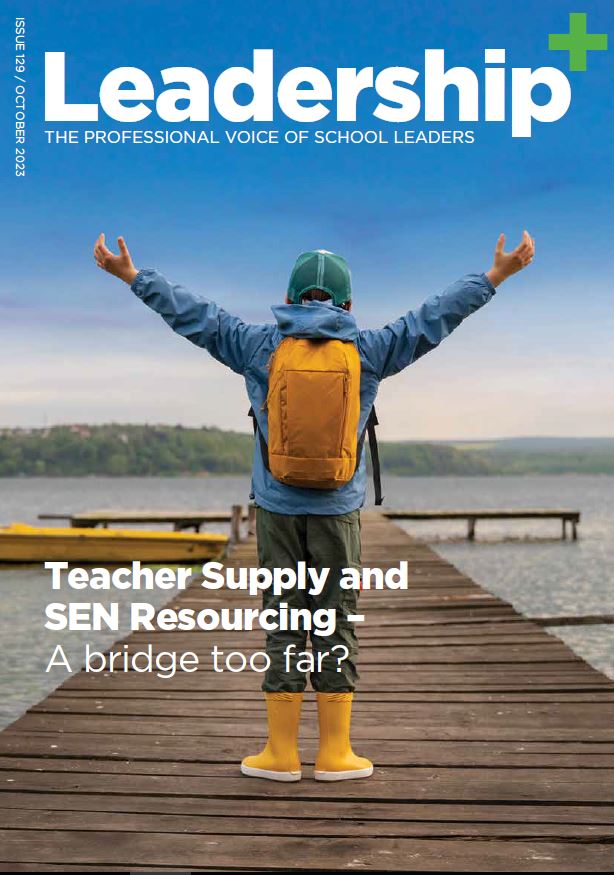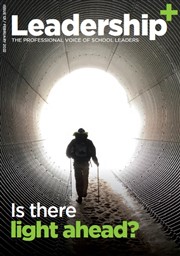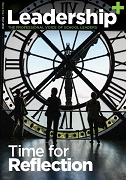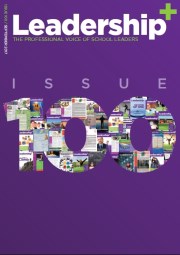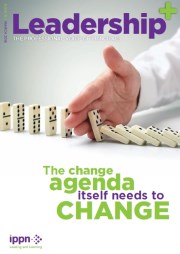Finnish education is example for Ireland
- Published: 09 November 2008
Source : Sunday Business Post
Irish teachers are looking to Finland - which invests heavily in education - to learn the secrets of why the country keeps topping global league tables on education. Finland has continuously led other countries in OECD reports on education in reading, mathematics and science since the research started in 2000.
Yesterday, an Association of Secondary Teachers of Ireland (ASTI) education conference heard from Olavi Arra, senior education consultant with the Trade Union of Education in Finland.
Arra said it was a surprise to Finland when it first came top of the table for reading literacy in 2000, as teachers felt they were not getting enough resources.
''As we continued to do well, we realised it was not a coincidence and started to examine the ways in which Finland was different to other countries," he said.
One of the main reasons the country is doing so well is its egalitarian approach to education, which means that everyone receives the same basic education, which is free up to university level. It also spends a higher proportion of its gross domestic product (GDP) on education - much higher than in Ireland. The government continued this policy even when the country was coming out of a major economic downturn in the 1990s. Figures for 2005 show it spent 6 per cent of its GDP on education, compared to 4.6 per cent in Ireland.
All teachers in Finland are qualified to masters degree level and are expected to update their professional skills at regular periods.
They are also free to choose their teaching methods and are responsible for developing their own work. However, teaching salaries in Finland are relatively lower than most other countries, especially given that all teachers have masters degrees.
Salary scales in Ireland are between €33,300 and €63,000,but most Finnish teachers are on lower pay. However, an ASTI spokeswoman said that any salary comparison should factor in cost of living and the social and economic model in operation.
''In Finland, there is more investment in public and social welfare services. For example, teachers do not pay for healthcare services, such as GP visits. All citizens receive medical insurance, pre-school education is free and parents only pay a contribution towards childcare costs," she said.
The most recent OECD publication, Education at a Glance 2008, shows that Irish teachers teach more hours than their Finnish counterparts - 568 hours in Finland compared to 735 in Ireland; Ireland is also well above the OECD average in this regard.
Following an increase in class sizes in last month's budget, the impact of large class sizes on the education of our children has been a major issue in Ireland.
But small class sizes have not been the reason behind Finland's success.
''Because class size is not uniform across the country, it hasn't been the explanation behind the good results of Finland," said Arra.
''If you are looking for the most important things behind the success, teachers' pedagogic freedom, masters-level education, good teacher training and willingness to develop are top of the list," he said.
''Society trusts teachers and schools - there are no annual national tests or inspector system. In Helsinki, the city supports schools with positive discrimination, which means that schools in areas with no problems give money from their budgets to schools with challenging social surroundings.
''Class size varies in different parts of the country, but results are good everywhere."
The Finnish government has promised to use the money saved in the education sector from falling population numbers to reduce class sizes.
The ASTI conference, which was entitled Securing the Future for our Young People, also heard from Dr Rory O'Donnell, director of the National Economic and Social Council (NESC).
He explained an NESC report, which was published in the summer, which stated that Ireland's educational system needed to innovate and change in profound ways if it was to meet the higher demands of the general public, the workforce, and employers.
''As we enter a period of rapid volatile change, we are looking at how secure the future of education is in this country. We want to hear what they are doing in Finland as they perform so well in all the statistical studies," said Moira Leydon, ASTI assistant general secretary.
ASTI general secretary John White said that everyone recognised there was a crisis in the government's finances, but slashing public services was not the way forward, particularly as the OECD recently stated that, by international standards, Ireland's expenditure on public services was low.
''Far better to follow the Nordic model that our Finnish colleague is lucky to live under, whereby a competitive economy is complemented by good social services and fair taxation," he said.
''The education service in Ireland is not bloated, despite what the right-wing economists may say, and solving the crisis in public finances by creating a crisis in schools is not the way forward."





